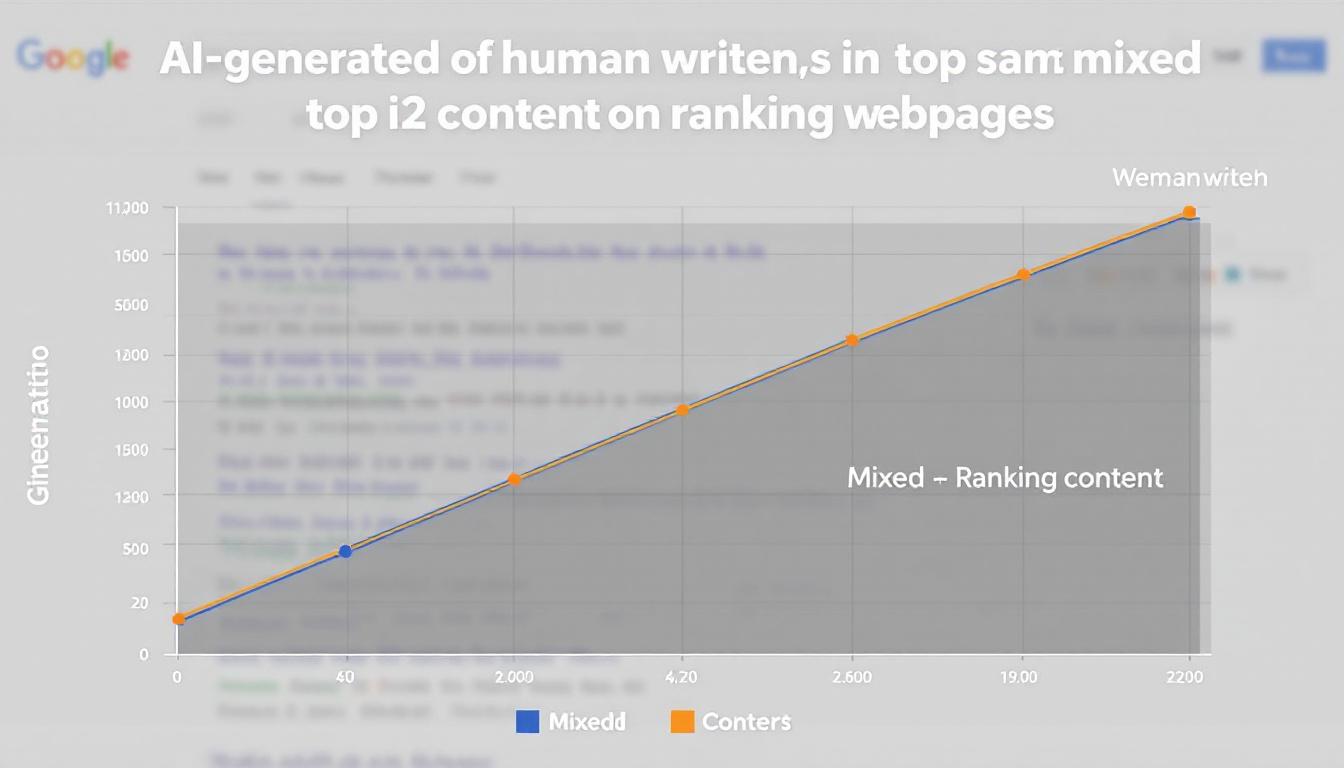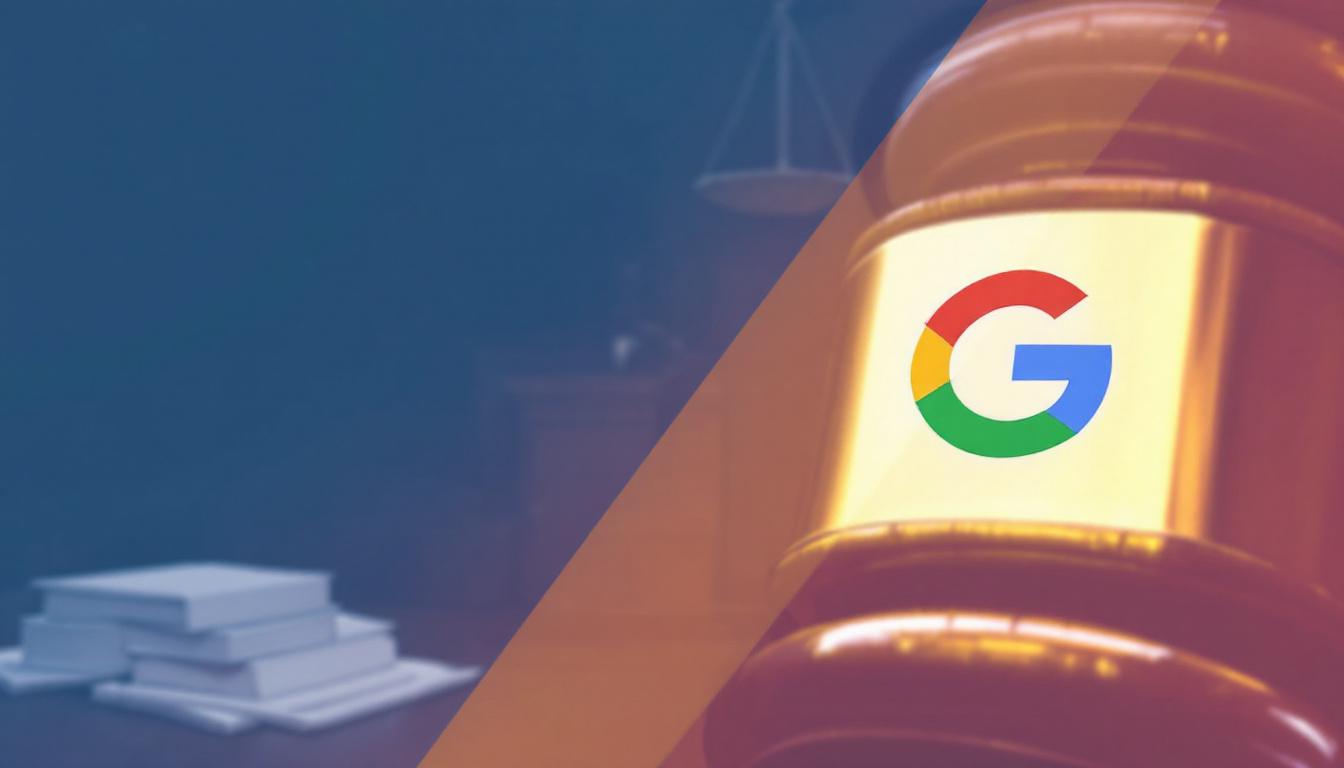Todd Friesen, a seasoned digital marketer renowned in the SEO community, shared his insights on LinkedIn about the essential principles for optimizing AI search.
DigitalOcean
DigitalOcean offers a variety of VPS hosting solutions perfectly suited for anyone seeking straightforward and budget-friendly computing power for their projects.
His assertion that traditional SEO fundamentals remain unchanged in the era of AI search quickly resonated, garnering significant engagement and affirming that the core strategies are still relevant.
Meet Todd Friesen
Todd Friesen boasts an extensive background in SEO, having worked with industry giants like Salesforce and leading digital agencies.
His expertise is further highlighted by his role as a moderator on the WebmasterWorld Forums and as a pioneering host of the SEO Rockstars podcast alongside Greg Boser.
The AEO Terminology Debate
The buzz around optimizing for AI search engines has led to various terminologies, sparking a conversation about the necessity of rebranding traditional SEO practices.
Multiple Titles for the Same Practice
There has been an emergence of different acronyms aimed at defining AI-focused search optimization.
Titles such as AEO (Answer Engine Optimization), AIO (AI Optimization), CEO (Chat Engine Optimization), GEO (Generative Engine Optimization), and LMO (Language Model Optimization) have surfaced, yet many experts argue that these are merely different names for established SEO strategies.
For instance, platforms like Perplexity still utilize algorithms akin to Google’s PageRank, underscoring the similarities between traditional and AI search ranking methodologies.
Seven Fundamental SEO Principles for AI Search
Friesen emphasizes that the foundational elements of SEO remain essential when optimizing for AI-driven search engines.
Fundamental SEO Strategies
These core tactics are pivotal in maintaining visibility and authority in AI search contexts.
- Proper Code: Ensuring clean HTML, appropriate schema, and technical SEO best practices. 2. Fast and Responsive Site: Optimizing site speed and mobile responsiveness to enhance user experience. 3. Quality Content: Creating valuable, relevant content that meets user intent. 4.
Keyword Research: Continuing to identify and utilize effective keywords. 5. Brand Marketing Coordination: Aligning SEO efforts with overall brand strategies. 6. Link Building: Acquiring authoritative backlinks to strengthen site credibility. 7.
Analytics and Reporting: Focusing on converting traffic through detailed performance analysis and iterative improvement.
Industry Reactions
The SEO community has largely supported Friesen’s perspective, reinforcing the idea that AI does not necessitate a departure from traditional SEO methods.
Professional Consensus
Various experts have echoed the sentiment that renaming SEO for AI is unnecessary.
Rosy Callejas, a digital marketer, highlighted the confusion caused by multiple SEO acronyms, while Kevin Doory, Director of SEO at RazorFish, dismissed the name changes, emphasizing the importance of consistent practices.
Don Rhoades, an SEO consultant, echoed this view, noting the persistent relevance of SEO despite trends in alternative terminology.
Similarly, Ryan Jones, Senior Vice President of SEO at RazorFish and founder of SERPrecon.com, criticized specific new terms, such as GEO, for their inadequacy.
Pushback from Tech Leaders
Even representatives from major search platforms have weighed in on the debate.
In a Bluesky discussion, Google’s John Mueller addressed the hype surrounding new SEO terms, suggesting that building an audience and selling services require going beyond the status quo.
Preeti Gupta expressed skepticism about the necessity of separate SEO branding for AI, arguing that brand building was always essential, independent of AI advancements.
The Bottom Line
Todd Friesen’s insights affirm that the essential principles of SEO continue to govern success in AI search optimization.
The consensus among industry experts underscores the value of adhering to foundational SEO strategies rather than introducing new nomenclature. As AI search evolves, maintaining focus on tried-and-true tactics remains key to achieving visibility and authority in the digital landscape.








